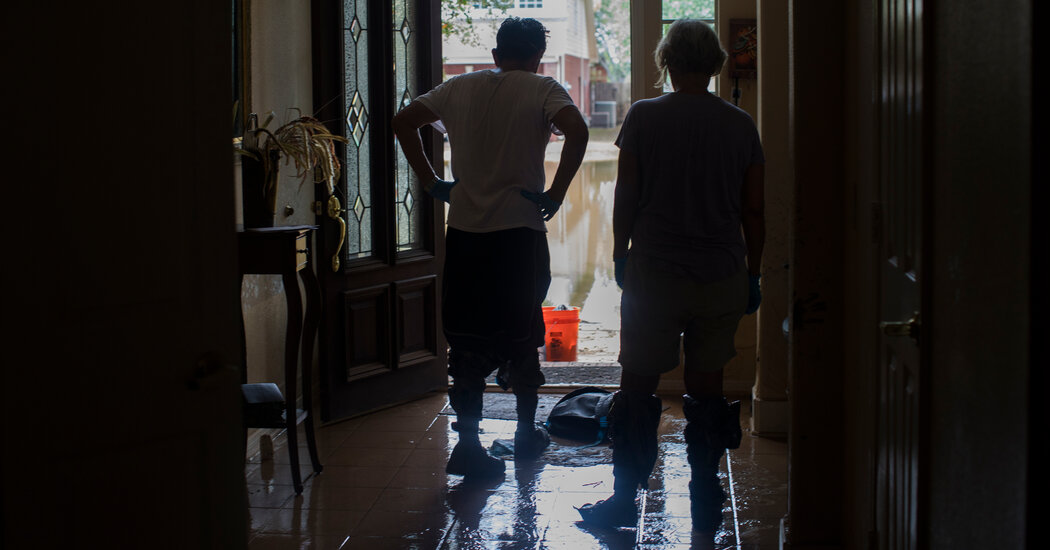Opinion | As Climate Changes, Flood Rules Need Reform
Francisca Acuna of Austin, Texas, was succinct at another meeting: “Don’t build where it floods. Stop recycling flooded properties. Disclose flood risks. Protect or restore ecologies that reduce flooding.” She added, “Make flood insurance fair,” noting that her annual premium had jumped to $1,893 from $450.
The climate, and the world, are changing. What challenges will the future bring, and how should we respond to them?
All three women are members of the Anthropocene Alliance, a nationwide collective of climate-changed communities, most of which are home to many low-income people and people of color.
And it wasn’t just those living in flood zones who weighed in. Public policy experts, design firms, former FEMA heads and even Fannie Mae, the government-sponsored mortgage company, urged the agency to change the minimum requirements that communities must meet to be eligible to participate in the federal flood insurance program.
FEMA’s standards determine the most basic aspects of how low-lying land ought to be used. According to its antiquated regulations, development of flood-prone parcels is permissible with special permits, and when a storm hits and causes significant damage, flooded homes can be rebuilt in the same place, as long as they are raised or otherwise protected from further flooding. This might have made sense 50 years ago, before flooding was exacerbated by climate change, but it doesn’t today.
Worse, many local governments around the country aren’t even enforcing the rule, which prohibits federally subsidized flood insurance for properties newly built in areas likely to flood. Local governments are supposed to enforce the rule, but as The Times reported in 2020, as many as a quarter-million insurance policies were in violation; the properties accounted for more than $1 billion in flood claims during the past decade.
But perhaps the most damaging of the out-of-date regulations is one that requires that new structures in flood-prone areas be built just above the anticipated water line of what was once known as a 100-year flood. FEMA determines those water lines on its flood maps, but many of them are years or decades out of date and fail to reflect future sea or flood levels. A home built in a floodplain today has at least a one-in-four chance of inundation from a 100-year flood over a 30-year mortgage. According to a recent study in the journal Nature, what was once considered a 100-year flood is likely to, in New England, for example, occur as often as annually by century’s end.
“Rebuilding disaster-devastated communities ultimately costs much more than implementing stronger codes and mitigation programs over time,” Brock Long, a head of FEMA under President Donald Trump, explained when I asked why he supported amending the criteria.
Check out our Latest News and Follow us at Facebook
Original Source







